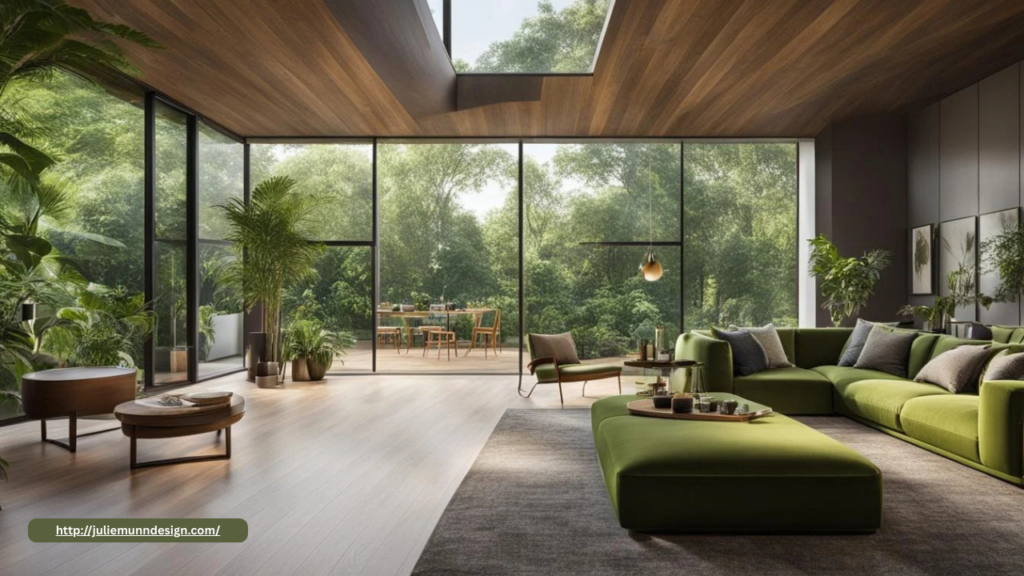The Healing Power of Nature: Bringing Biophilic Design into Your Home

In an increasingly digital and fast-paced world, the need for connection to nature has never been more vital. This is where biophilic design comes in—a design philosophy that integrates natural elements into our built environments to improve well-being, reduce stress, and foster emotional balance. From indoor plants to natural light and organic materials, biophilic design taps into our innate need to feel close to nature. The result? A home that heals, soothes, and rejuvenates.
What Is Biophilic Design?
The term “biophilia” means “love of life” or “love of living systems.” Coined by biologist Edward O. Wilson, it refers to our deep-rooted connection to the natural world. Biophilic design applies this concept to interior spaces, encouraging harmony between humans and nature through architecture and décor. It’s not just about adding greenery—it’s about creating environments that reflect the rhythms, textures, and serenity of the natural world.
Why Nature Heals
Studies have shown that exposure to natural environments can lower cortisol levels (the stress hormone), boost mood, enhance focus, and even speed up recovery from illness. Simply spending time in nature—or simulating that connection indoors—can help us feel calmer, more creative, and more balanced. That’s the magic of biophilic design: it allows you to experience the mental and emotional benefits of nature without stepping outside your door.
Easy Ways to Bring Biophilic Design Into Your Home
- Introduce Indoor Plants
Adding greenery is one of the simplest and most effective ways to bring nature indoors. From low-maintenance snake plants and pothos to vibrant ferns and peace lilies, houseplants purify the air and create a soothing atmosphere. Consider placing them in high-use areas like the living room, kitchen, or home office. - Maximize Natural Light
Sunlight boosts serotonin levels and regulates your sleep-wake cycle. Keep windows clear of heavy curtains during the day, use light-reflecting surfaces like mirrors, and position furniture to take advantage of natural light. Skylights or large windows, when possible, amplify this benefit. - Use Natural Materials
Incorporate materials such as wood, stone, bamboo, cork, rattan, or linen into your furnishings and decor. These textures not only add warmth but also foster a grounded, calming environment that mimics the outdoors. - Incorporate Earthy Colors and Patterns
Choose color palettes inspired by nature: forest greens, ocean blues, earthy browns, and soft neutrals. Organic patterns—like leaf motifs, waves, or natural grain—can also evoke a sense of calm and connectedness. - Create Visual Connections to the Outdoors
Position your furniture to face windows or outdoor views whenever possible. If you lack access to nature outside, consider landscape artwork, nature-themed photography, or virtual windows using digital displays. - Add Elements of Water and Sound
The sound of flowing water or birdsong can have a meditative effect. Small fountains, nature sound machines, or wind chimes help bring in this auditory layer of biophilic design.
By embracing biophilic design, you’re not just decorating—you’re creating a home that heals. Nature has the power to calm the mind, uplift the spirit, and bring us back to ourselves. Infusing your living space with its essence can make home your most nurturing sanctuary.
